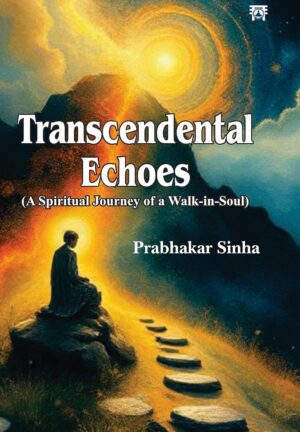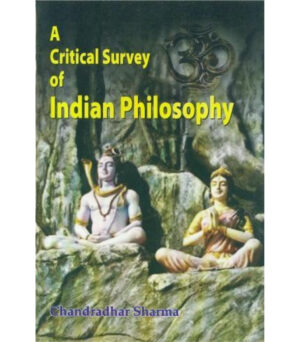Description
The Bhagavad Gita: A Timeless Guide to Spiritual Living
The Bhagavad Gita, often referred to simply as the Gita, stands as one of the most profound and enduring spiritual classics in world literature. Among Hindu scriptures, it holds a unique place because of its universal message and timeless wisdom. Across centuries, countless spiritual seekers, philosophers, and leaders have drawn inspiration from its teachings. The translation by Swami Nikhilananda has been especially praised as “the first really readable, authoritative translation,” opening the door for readers across the world to experience the depth and beauty of this sacred text in a clear and accessible manner.
Unlike many religious scriptures that focus primarily on rituals, doctrines, or philosophical speculation, the Bhagavad Gita directly addresses the practical aspects of life. What makes it truly exceptional is its emphasis on performing one’s everyday duties as a spiritual discipline. It does not ask a person to renounce the world or withdraw from responsibilities to achieve spiritual growth. Instead, it teaches that life itself, with all its challenges and obligations, can be transformed into a path toward God-realization when approached with the right attitude.
The central teaching of the Gita revolves around the concept of karma yoga—the yoga of selfless action. According to the Gita, every human being has duties to perform, whether as a parent, a professional, a student, or a citizen. These duties often come with challenges, successes, and failures. However, the scripture teaches that one should carry them out without attachment to the results. The key lies in surrendering the fruits of action to God and discarding all selfish motives. When actions are performed in this spirit of selflessness, they not only fulfill worldly obligations but also purify the heart. A purified heart, free from selfish desires, becomes a fitting vessel for divine wisdom and ultimately leads to liberation, or moksha.
This message carries profound significance. It means that spiritual life is not separate from ordinary life. One does not have to abandon family, career, or social responsibilities to attain God. Instead, the divine can be realized in the midst of daily activities when they are performed with the right spiritual outlook. Even the most mundane or difficult tasks take on new meaning when done in a spirit of dedication and surrender.
The Gita further teaches that knowledge of God gives a person inner strength and clarity. Life is filled with uncertainties, disappointments, and struggles, but when one understands the presence of the divine and trusts in a higher purpose, it becomes possible to face life’s duties calmly and cheerfully. This spiritual outlook removes the burden of anxiety and fear, replacing it with faith, courage, and serenity.
Another striking feature of the Bhagavad Gita is its universality. It does not belong to one religion, culture, or period of history. Its teachings are relevant to all people, irrespective of faith, background, or belief system. The Gita does not demand blind faith but invites thoughtful reflection and personal experience. It offers practical spiritual disciplines—such as meditation, selfless action, devotion, and discrimination between the real and the unreal—that anyone can follow according to their capacity.
Moreover, the Gita provides a balanced approach to life. It does not advocate one-sided renunciation or extreme asceticism. Instead, it harmonizes action and contemplation, work and worship, knowledge and devotion. It recognizes the complexity of human nature and offers multiple paths—karma yoga (path of action), bhakti yoga (path of devotion), jnana yoga (path of knowledge), and dhyana yoga (path of meditation)—so that individuals with different temperaments can find a suitable way toward spiritual fulfillment.
Above all, the Bhagavad Gita shows how to spiritualize life itself. Even the dull, monotonous, or painful phases of existence can be illumined with the radiance of the Spirit when one learns to see the divine presence everywhere. Life then ceases to be a burden or a meaningless cycle of events; it becomes a sacred journey toward self-discovery and union with God.
For centuries, this message has inspired saints, philosophers, leaders, and ordinary people alike. From Mahatma Gandhi to modern spiritual teachers, many have turned to the Bhagavad Gita for guidance and strength. Its call to selfless action, inner purity, and spiritual wisdom continues to resonate, offering hope and clarity in a world often clouded by confusion and conflict.
In essence, the Bhagavad Gita is far more than a scripture; it is a manual for living a meaningful, purposeful, and spiritually enriched life. Its teachings invite every reader to transform ordinary existence into a path of divine realization, proving that true liberation lies not in escaping life but in sanctifying it with the light of the Spirit.



















 The Glory of Vedic Mathematics: Beating the Computer
The Glory of Vedic Mathematics: Beating the Computer
Reviews
There are no reviews yet.